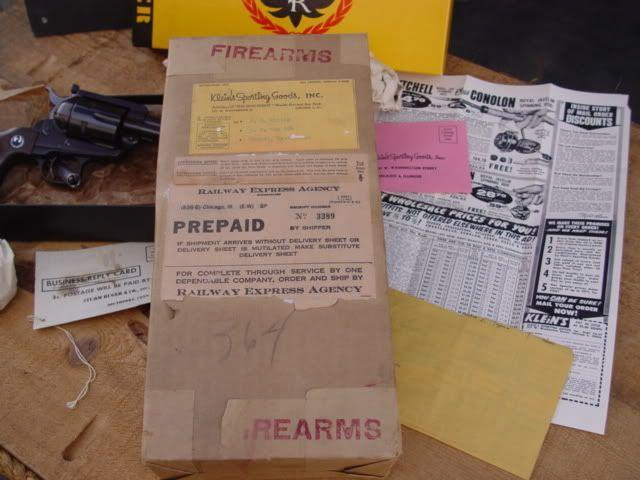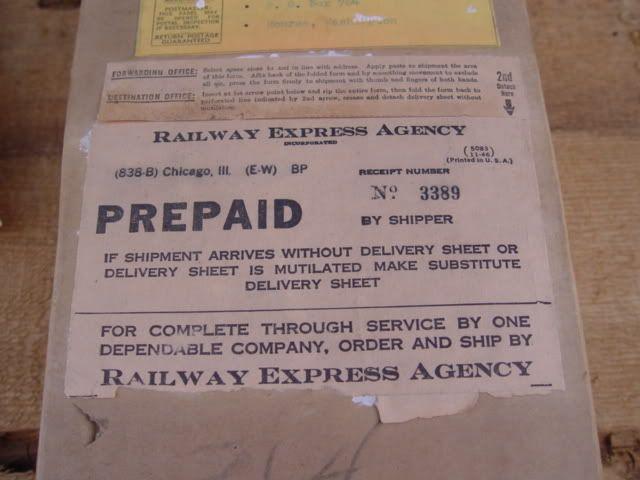street":2oibio3v said:
Chad I did some research and found, "Official Express Classification 36", Ratings, Rules And Regulations. Dated March 1, 1956. See pictures below.
In it it states:
Firearms:
In boxes crates, trussed or taken apart and packed in sole leather cases are 1st class.
When securely wrapped in corrugated paper will be 2 times 1st class.
It also states under "Definitions". that Boxes means a wooden box, or a fibreboard box.
So it looks as if it was sometime before 1956 that you had to ship a gun by Railway Express, in a wooden box only .
So that's why WBR shipped the early guns in a salt cod box. It was because the company was liable for the shipping charges to the customer (note that shipping is not requested from the buyer on the original order forms or in the original catalogs), so by not shipping in cardboard he was able to save the company 50% of the shipping charges. Not sure what it would have cost to ship a salt cod boxed gun via Railway Express, but I bet the 21 cents for the pine box outweighed the doubled shipping costs if it were shipped in a cardboard sleeve. This would have also made Ruger as competitive as possible with the other makers.
Come to think of it, Ruger must have wanted to cut out the middle man (Jobbers and Distributors) right off the get go...more profit for the company...and the reason guns were sent to individual buyers initially. But with the overwhelming number of orders he received he must have finally figured that the costs were also reduced by selling in bulk (let the distributor pay the freight).
It was all about pennies and I think after his first experience with Ruger Corp, WBR forced himself to be a lot more frugal.
So Street, you collect railroad memorabilia also?? Or just pick up anything you can with Railway Express on it?
Chet15








